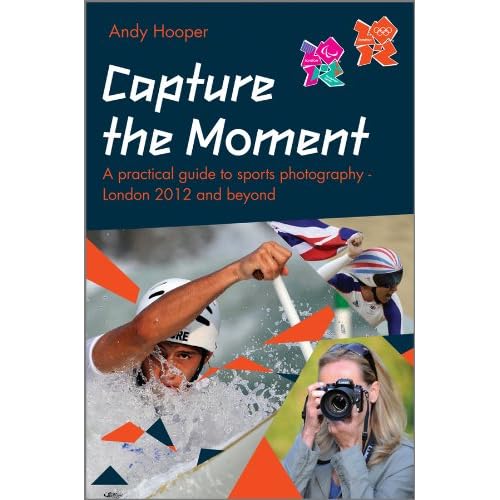EF - Denotes the EF mount system used by all Canon SLRs since 1987. An EF lens will fit and work perfectly on every Canon DSLR, and on every Canon film SLR manufactured since 1987. EF lenses can be identified by a red alignment spot on the rear edge of the barrel.
(EF stands for 'Electro Focus'. In the 1960s and 1970s, Canon - like every other SLR manufacturer - had a lens mount which was purely mechanical. Functionality like aperture setting and stopping down was achieved via a series of mechanical linkages between the lens and the camera. In the early 1980s Canon realised that the future was going to be electronic, and, rather than retro-fit electronic functionality onto their existing lens mount design, they opted for an entirely new design for the EOS range of cameras. It must have been a pretty brave decision, because in one fell swoop they made their entire product line obsolete and they alienated their entire customer base. Fortunately their engineers got the design right in pretty much every respect!)
EF-S - Denotes a variant of the EF mount which is designed for DSLRs with 'crop' sensors. An EF-S lens will not fit any 1-series or 5-series DSLR, and will not fit a film SLR. EF-S lenses can be identified by a white alignment square on the rear edge of the barrel.
(The S in EF-S used to stand for Short, as in Short Back Focus, because EF-S lenses generally have their rear elements placed closed to the sensor than EF lenses. However, at some point Canon realised that it is possible to design lenses for crop sensor DSLRs without requiring a short back focus, so they changed their mind about what the S stands for. It's oficially now S for Small, as in Small Image Circle. That's quite appropriate because the key thing about EF-S lenses is that they don't project an image circle large enough to fill a 'full frame' sensor.)
L - Canon's L series denotes their range of professional lenses. The L probably stands for Luxury, but it's hard to be entirely sure. L lenses can be identified by a red ring around the barrel, and they incorporate a host of technologies to improve the image quality and ergonomics, typically including:
- fancy glass to minimise optical aberrations
- ring USM for fast, silent focussing
- internal focussing elements, so the lens doesn't extend when focussing
- full-time manual focus available even when in autofocus mode
- non-rotating front elements to facilitate use of filters
- good build quality
- weather sealing
(Note that no EF-S lenses have the L designation. Since the L denotes a professional lens, Canon seems to reserve this for lenses which can fit their flagship professional DSLRs.)
IS - Image Stablilisation. This is a technology incorporated into some lenses (mainly telephoto lenses) to cancel out the effects of hand-held camera shake. It allows you to shoot with slower shutter speeds without suffering from image blurring caused by camera shake.
(The first implementations of IS offered up to 2 stops of shutter speed improvement: for example, if you could shoot at 1/500th without suffering from camera shake without IS, then the IS system would let you shoot at 1/125th. Newer systems offer up to 4 or even in some lenses 5 stops of improvement, so you could shoot at 1/15th instead of 1/500th! Unfortunately there's no way to tell just from looking at the lens how good the IS is. You have to do a bit of research.)
USM - Ultra Sonic Motor. This is a technology incorporated into many Canon lenses to provide very fast and silent autofocus.
(There are actually two flavours of USM. Ring USM is the better variety and is used on Canon's better lenses, including the L-series professional lenses. Micro USM is a cheaper version which they've developed to further their aim of getting USM into their entire lens range. You can't tell by looking at the lens which type of USM it uses, but both varieties are much, much better than non-USM focussing.)
DO - Diffractive Optics. This is a technology developed by Canon whereby some of the optical elements in a lens incorporate precision diffraction gratings. The end result is to allow telephoto lenses to be shorter and lighter. DO lenses can be identified by a green ring around the barrel.
(It looks like DO might be something of a technological dead-end. Canon only make two DO lenses, the 70-300mm DO and the 400mm f/4 DO. Something about the technology means that DO lenses just don't seem to deliver as much contrast as regular lenses, and this shows up as an apparent loss of sharpness. It's quite easily correctable in post-processing, but it must put some people off. Having said that, Canon are continuing to file patents for more DO lenses, so maybe we'll see more in the future. Time will tell, I guess.)
TS-E - This denotes a tilt-shift lens. Tilt movements alter the angle of the plane of focus relative to the sensor plane, which makes broad depth-of-field possible even at larger apertures. Shift movements slide the optical axis of the lens along the sensor plane, enabling photographers to correct or alter perspective. Some Canon TS-E lenses are L lenses but they are all manual-focus only.
MP-E - Denotes a lens dedicated to macro photography. Most macro lenses can be used for non-macro subjects (e.g. portraits), so they don't carry this designation. There is only one MP-E lens, and it can't be used for anything other than macro photography. And it's bonkers.




















